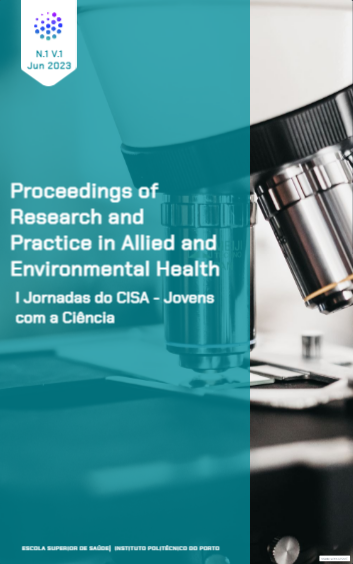Resumo
Background: Angola has an important socio-cultural diversity and is one of the richest floristic regions of the world [1]. Objectives: To perform an ethnopharmacological study in the Province of Cuanza Norte (Angola) and a pharmacological evaluation of African plant extracts. Methods: The field work was conducted from December 2018 to January 2019. Medicinal plants were listed along with their popular name, traditional use, part used, and method of preparation. In the experimental study, it was used aqueous and methanolic extracts from Adansonia digitata, Garcinia kola, and Gardenia ternifolia. Total phenolic content (TPC), total flavonoid content (TFC), and in vitro antioxidant assays were performed. Also, cytotoxic activity against HepG2 cell line, and antibacterial activity against Escherichia coli and Staphylococcus aureus, were assessed. Results: For the ethnopharmacological study, a total of 131 species of medicinal plants were cited by traditional healers. Mukumbi (Lannea welwitschii), Santa Maria (Chenopodium ambrosioides) and Ditumbata (Boerhavia difusa) were the most cited species, following by Embondeiro (Adansonia digitata). Leaves were the most frequently material used, and maceration the major form of plants preparation. The main categories of use were infectious and parasitic diseases; undefined pains and illness; diseases of the digestive system; and endocrine, nutritional, and metabolic diseases. For in vitro antioxidant assays, IC50 values ranged from 6.1±0.1 to 846.0±20.9 µg/mL. G. kola methanolic extract showed the best TPC (131.4±5.7 mg GAE/g) and A. digitata showed the best TFC (46.0±5.0 mg QE/g). Methanolic extracts showed higher TPC, TFC and antioxidant activity in general, compared to aqueous extracts. Methanolic extracts of G. kola and G. ternifolia had the lowest MIC value of 0.625 mg/mL against Gram-positive S. aureus. Regarding cytotoxic activity, for HepG2, A. digitata and G. kola extracts presented no cytotoxicity. Conclusions: These results provide preliminary knowledge about the analyzed medicinal plants and highlight therapeutic potentialities of African flora
Referências
Huntley BJ, Ferrand N. Angolan Biodiversity: Towards a Modern Synthesis. In: Huntley B, Russo V, Lages F, Ferrand N. (eds) Biodiversity of Angola: Science & Conservation: A Modern Synthesis [internet]. Cham: Springer International Publishing; 2019:3-14.

Este trabalho encontra-se publicado com a Licença Internacional Creative Commons Atribuição-NãoComercial-SemDerivações 4.0.
Direitos de Autor (c) 2023 Isabel Canga, Pedro Vita, Maria Ángeles Castro, Cláudia Pinho

